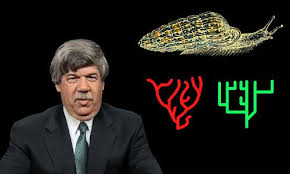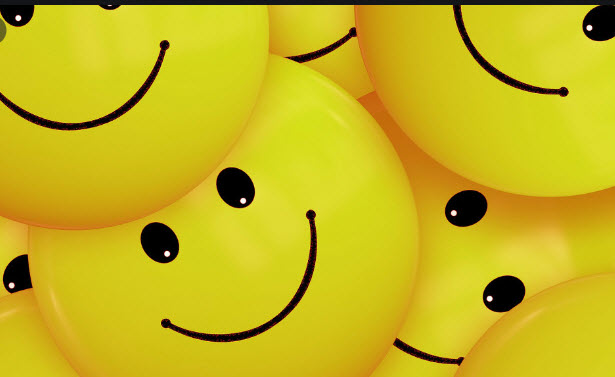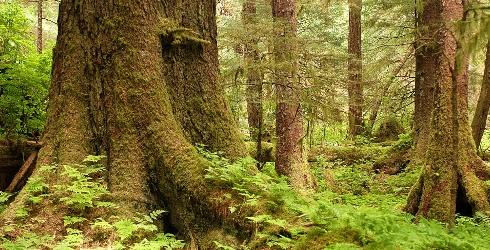God Is In The Detail.
“Nothing matches the holiness and fascination of accurate and intricate detail.” Stephen Jay Gould
Great historical fiction pays attention to cultural and environmental detail. I eat that stuff up. It fires the synapses and slaps me awake — learning about different era’s behaviors and adaptations to environs. As a yout (youth), I flexed my creative muscles writing fiction by making up things. It was fun.
Today, I counsel marketers on brand strategy…which is mainly brought to life in the form of content. Sadly, much content today is delivered at the hands of copywriters unattached to the products they’re selling. They are attached to words and grammar, maybe even selling poesy, but it’s rare to find one more than a few inches down in the dirt when it comes to product and service detail. Therefore, their words ring flat. Think writing a historical Roman novel from your Brooklyn condo with sirens and horns blaring outside.
Details, intricate details, are what get attention. Details reinforced truth. They convince. If the word “authenticity” weren’t so over-used in branding today, I’d say details deliver authenticity.
Storytelling is a pop marketing tool today; but stories are only as good as the details they bring to life. My brand strategy framework is all about claim and proof. Detail your proof, me droogies. God is in the detail.
Peace.




